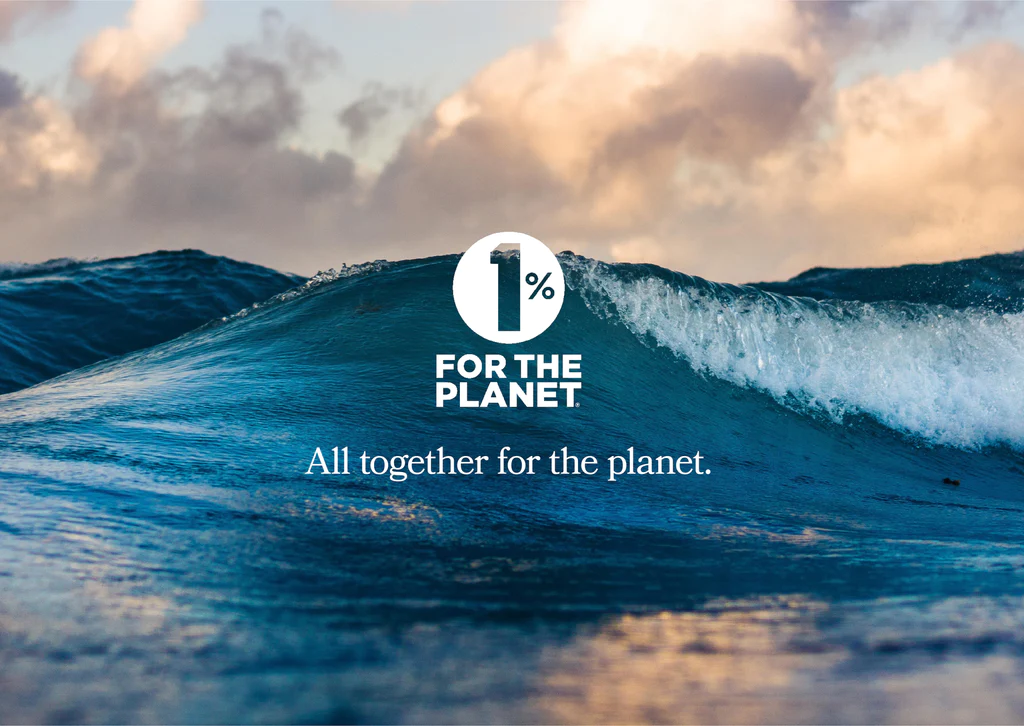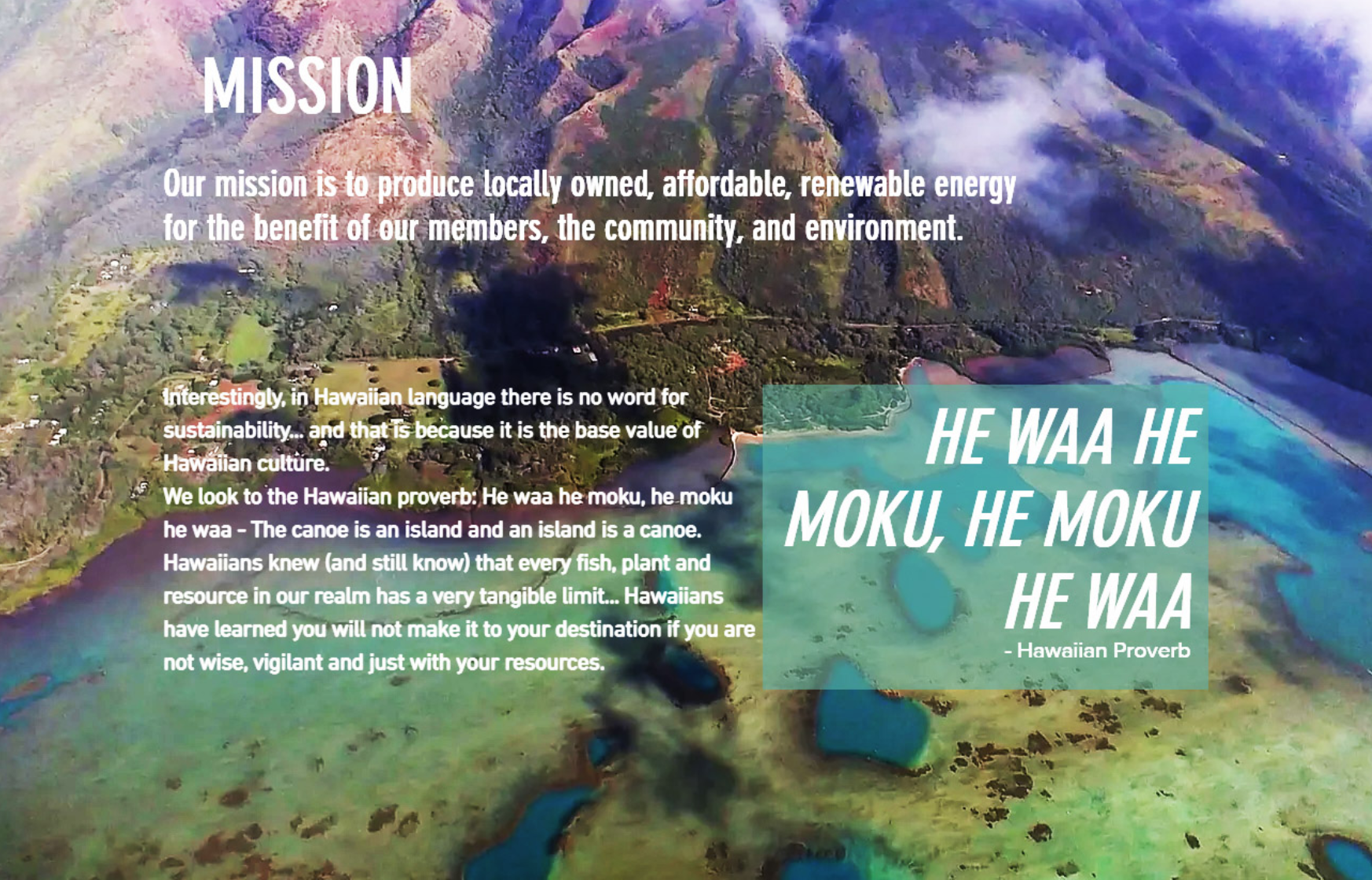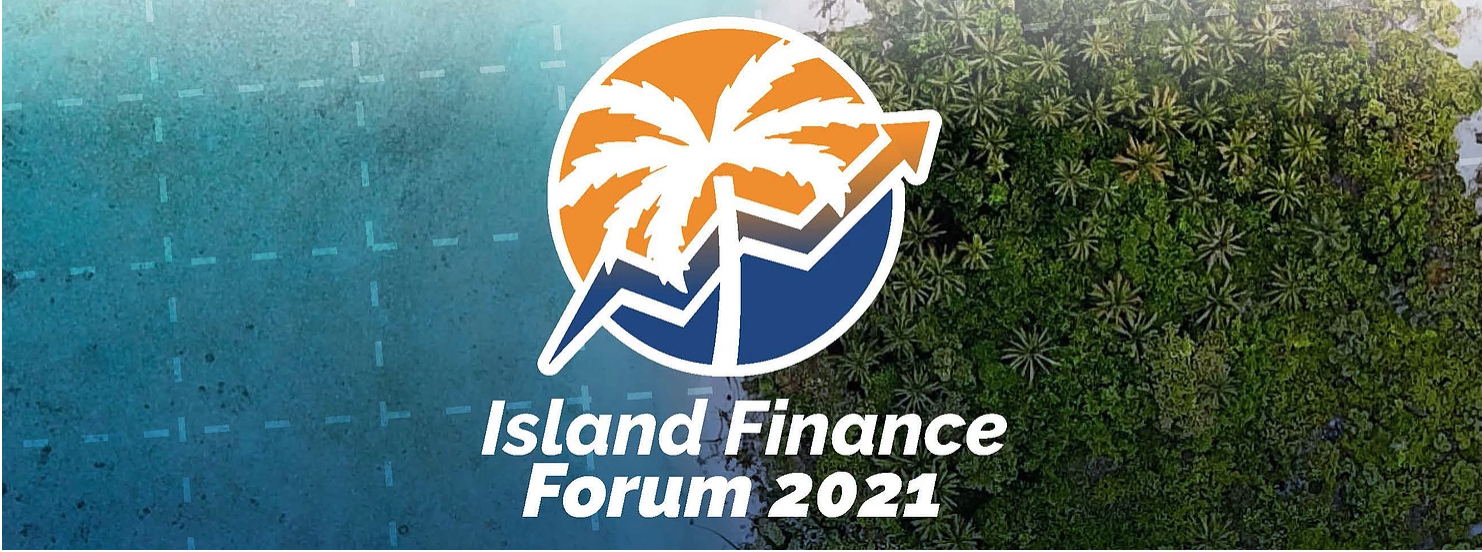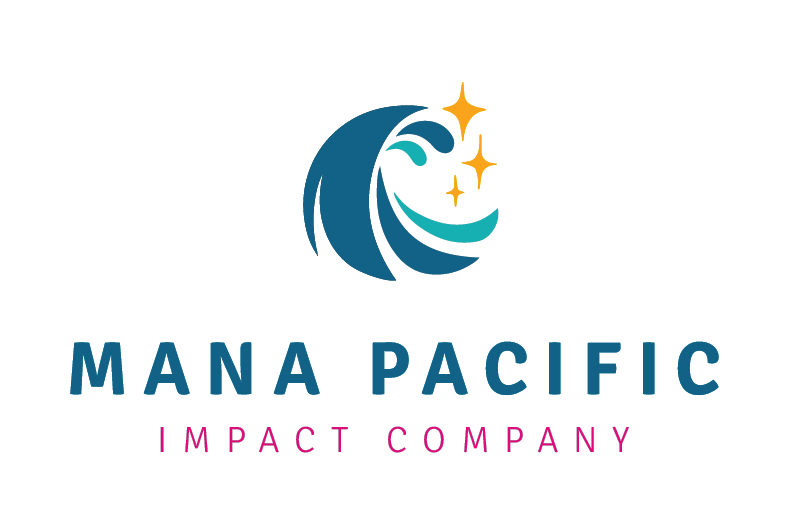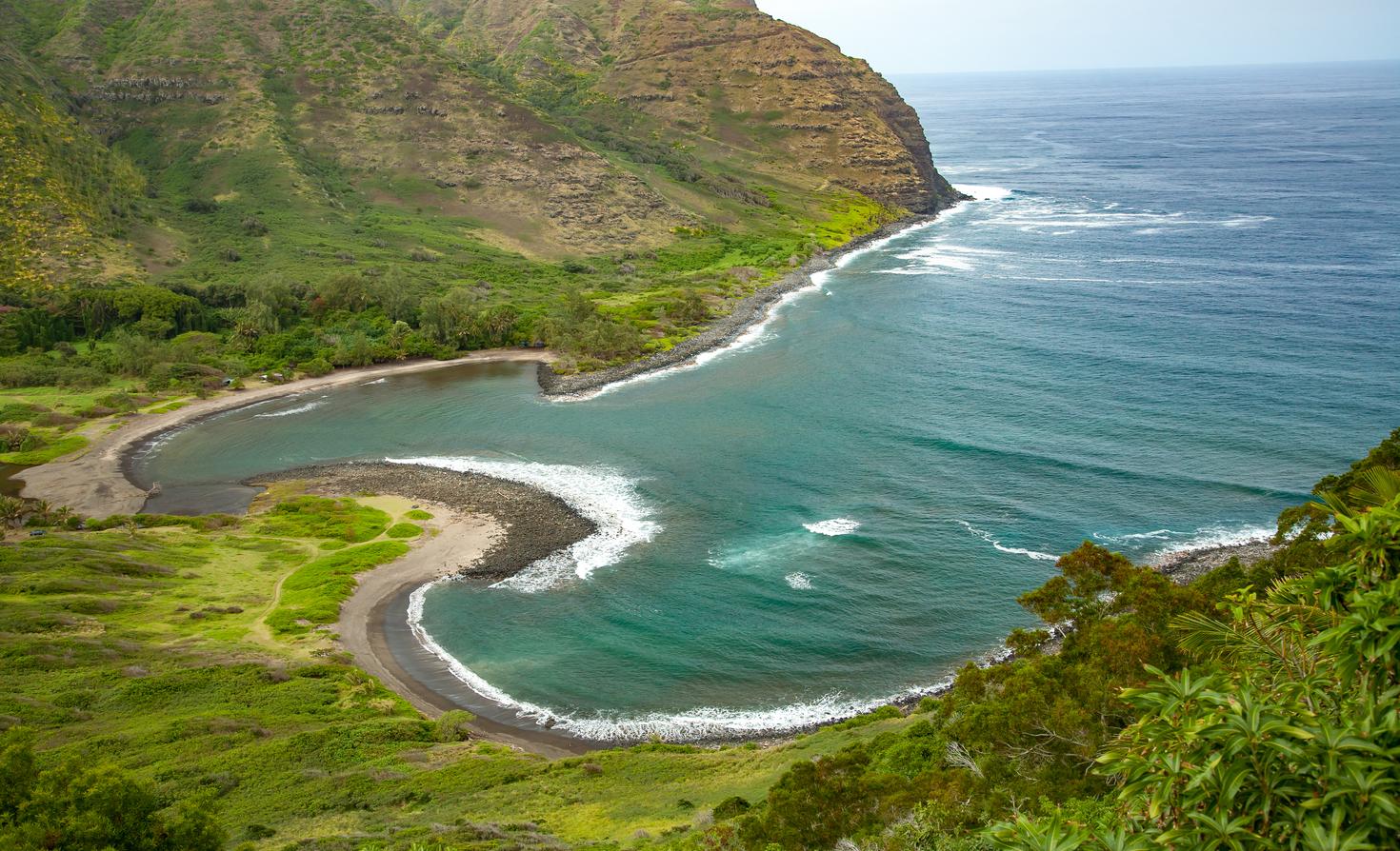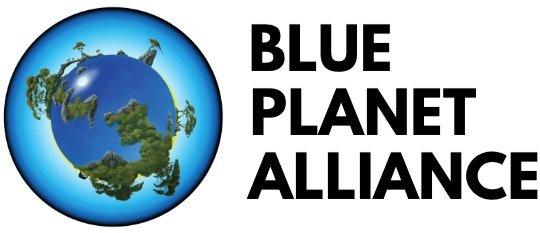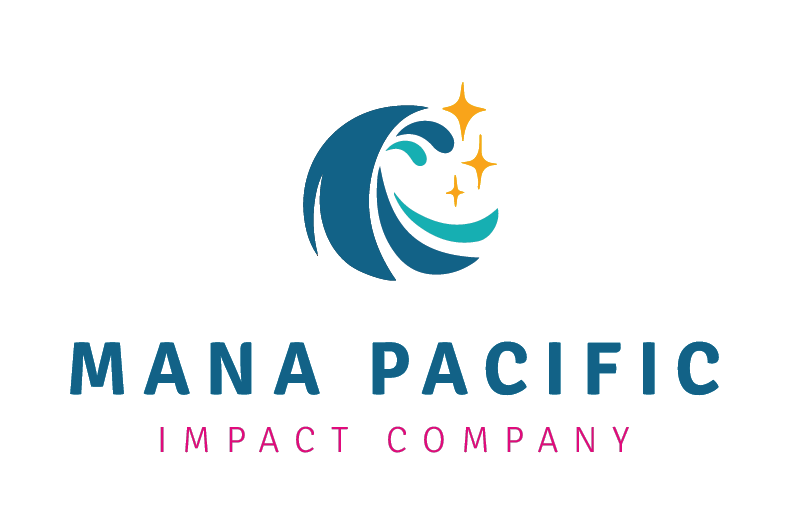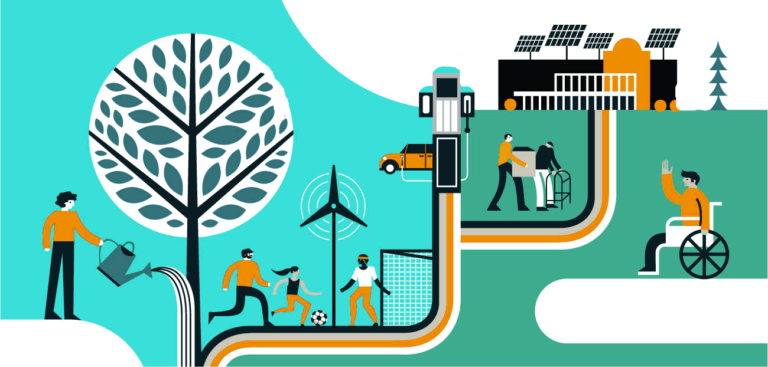
23 June, 2020
By: Samantha Frick
As a Sustainable Business Corporation, or Benefit Corporation, Mana Pacific is structured differently than a traditional corporation. Mana Pacific prioritizes environmental and social benefit without sacrificing profit.
Mana Pacific has a triple bottom line – people, planet, profit – and has the same “business as a force for good” model that Patagonia and many more have championed. When done right, Benefit Corporations have proven that business, sustainability, and social good can not only co-exist, but outperform the traditional models due to superior customer and employee retention and a long-term mission.
Can a benefit corporation succeed in a competitive business world and serve a market with significant financial constraints? Yes! Benefit corporations historically are more profitable than regular models. According to the report “Just Good Business: An Investor’s Guide to B Corps” produced by Yale Center for Business and the Environment, Patagonia, Inc., and Caprock, “B Corps had an impressive 50.48 percent revenue growth rate during the 2008 financial crisis” and were 64% more likely than other businesses to survive the 2008-09 recession.1 In 2020, ESG (environmental, social and governance) funds outperformed conventional funds.2
John Elkington, the sustainability writer and entrepreneur who coined the term “triple bottom line,” wrote “one of the things I think will very likely come out of the COVID-19 crisis will be a renewal of interest to invest in health and I don’t mean just simply individual health or family health or community health. Nor do I even mean the health of societies and economies. I mean global health, including the health of the planet.” 3 Elkington believes this trend will result in the prioritization of long-term resilience and responsibility.
Mana Pacific’s stated general public benefit is “to positively impact society and the environment, as assessed by a third-party, from its business and operations.” At the time of incorporation, it also established a specific public benefit, namely, “to address global resource scarcity and climate risk in the Pacific by employing transformational, disruptive, and regenerative business models and solutions to create opportunities for change and success at every part of the economic spectrum, and to assist island nations and their inhabitants to reduce their overall dependency on fossil fuels by replacing them with clean and climate conscious alternatives.”
The State of Hawaii requires Sustainable Business Corporations to benchmark their overall social and environmental performance against a third-party standard. The third-party standard Mana Pacific uses for an independent assessment of the company’s performance is the B Impact Assessment. The B Impact Assessment is considered the most credible tool a company can use to measure its impact on its workers, community, environment, and customers.
Mana Pacific provides public benefit through our development approach to accelerate energy independence and renewable energy projects in the Pacific. Our approach 3rd party expert-verified and certified by the Solar Impulse Foundation as an economic and socially conscious way to do business, positively impact the environment, and provide innovative solutions and cost-effective financing in a profitable and scalable manner.
The traditional model of project development has failed Pacific islanders, and they are demanding a better alternative. Akuila Tawake of The Pacific Community, the longest-running international development organization governed by the Pacific islands, stated in a recent Civil Beat article about Mana Pacific’s approach: “the traditional model of climate financing is tailored to larger economies and less expensive projects. That’s why it’s a little hard to secure grants from these climate financing institutions, because they prefer to have blended finance, that’s the biggest challenge.” 4

In addition to utilizing mostly private financing rather than relying on government subsidies, Mana Pacific aggregates and pools projects across various islands and nations into portfolios to lower risk for the lender, which unlocks capital for buyers – the islands – and lowers their cost of financing. With the large-scale market demand, Mana Pacific can drive the prices down and provide creative and blended project financing. Investment capital typically requires a high return on investment, and because the risk of the project is driven down by the economies of scale, the cost of financing is reduced. By blending projects in a portfolio, Mana Pacific is able to develop projects that would traditionally be overlooked by financiers such as energy access and rural electrification projects. By blending traditional sources of financing with grants, donor-advised funds, and low-interest climate funds, it further reduces cost and opens eligibility for more communities in need. This increases a nation’s effectiveness in reaching its SDG goals.
Under our approach, Mana Pacific’s certified suppliers offer Most Favored Nation pricing for transport and equipment costs by taking advantage of volume discounts and economies of scale. This has been underutilized in the traditional development model which only focuses on small-scale projects island-by-island rather than the entire region together.
Sadly, some financiers offer nations unfavorable, and sometimes predatory financial deals disguised as a fair development package, or using other pressure points to force islands to acquiesce. Organizations offering financial assistance without the stringent requirements Benefit Corporations have lacked the accountability to operate with fairness and integrity.
Pooled and blended projects done in a holistic manner are more effective, less risky, less expensive and more sustainable in the long run. True resiliency appropriately balances People (society), Planet (environment), and Prosperity (economy). As such, our approach to development mirrors our benefit business model. Recognizing that growth isn’t impactful without integrity, the individual projects developed by Mana Pacific align with a set of standards. The 13 Tenets listed on the right provide a framework for truly resilient projects.

Mana Pacific looks at the entire ecosystem of critical infrastructure required for thriving communities such as systems for energy, food, and clean water. Mutually beneficial and complementary economic and community benefit activities are incorporated in the project design process. Solutions include agrisolar, which maximizes land usage and enhances food security by employing clean energy and agriculture. This blended project model for co-benefits results in true island resilience. By co-locating CO2 reduction (e.g., clean energy) and CO2 removal (e.g., native ecosystem restoration), islands can harness the power of photovoltaics and photosynthesis. Examples may look like an energy project with a financial model that includes a portion of the revenue going towards a community benefit project such as the planting of mangroves to prevent the impact of tropical storms and reduce runoff issues.
Another top reason why renewable energy projects fail in the Pacific island is because often projects lack a long-term economic plan for operations and maintenance, and do not have community support for the project. A business solution can address this barrier. Our approach prioritizes proper local training to take care of the ongoing operations and maintenance of systems and a sustainable economic model that accounts for the repair and replacement of components.
An after-life use and recycling program is implemented to enhance the sustainability of the overall project, further boosting economic value and social benefit from the system. Equipment standards and a rating system are included to only allow for the procurement of approved equipment that has interoperability, to ensure components are of good quality, safe, and easily repairable or replaceable.
Our approach maximizes local dollar retention and reinvestment back into the community where economic development and equitable access to sustainable, affordable energy are prioritized. Employing local resources not only ensures the operational continuity of the system but also provides national economic benefit. Throughout project development, implementation, and maintenance, local resources are utilized as much as possible to provide the most local economic benefit. Local businesses will be employed and created if necessary to provide the operation and maintenance of the resilient infrastructure. Low-cost training certification programs are used to enhance capacity building, allowing professionals and unskilled workers to get certified to participate in the energy transition, should there be a lack of local capacity or a national desire to boost job growth in this industry
Social resilience, which is the ability of a social system to respond and recover from disasters, is a key component of building resiliency. Mana Pacific projects aim to be culturally tailored and provide broad-impact community benefits. Local community input and participation are critical to the holistic success of the projects. Community stakeholders must be incorporated into the development process of all projects. 100% donor-backed projects offering free electricity do not stand the test of time. One does not value what it does not does not pay for or feel a sense of ownership of.
Mana Pacific Advisor, and former Assistant Secretary to the Army in Energy and Environment Installations under the Obama Administration, Katherine Hammack observed, “When installing solar PV systems in some communities across Africa and the Middle East, in some cases they would be completely vandalized a week later. We realized that locals did not understand the value of the projects and saw it more lucrative to strip them of their parts to sell and make quick money. In other cases, the solar systems would remain intact, but not even connected to people’s homes because of the lack of technical understanding or misconceptions about who the energy was for. Solar grid installation training is not enough. Local communities need to feel like they are driving the project development process.” Moreover, the local community where the energy project is located needs to see direct benefits from the installation. Projects in the State of Hawaii are often stopped by the local community who are not directly involved or benefiting from the proposed system.
The integrity of a web, or the planet and humanity as a whole, depends on the resilience and strength of each individual strand. Mana Pacific is on a mission to demonstrate unity is strength and that we are stronger together. The best way to unite parties is to ensure that fair and equal benefit is realized for all. Inclusive, “win-win” models and solutions, like our development approach, maximize social and environmental impact and financial performance. Join Mana Pacific in its mission to help bring a resilient and united Pacific.
Contact us at: [email protected]

Footnotes
1 “Just Good Business: An Investor’s Guide to B Corps” produced by Yale Center for Business and the Environment, Patagonia, Inc. and Caprock Group, March 2018, https://www.patagonia.com/static/on/demandware.static/-/Library-Sites-PatagoniaShared/default/dwc3859b68/PDF-US/Just_Good_Business_An_Investor_Guide_to_B_Corps_March_2018.pdf
2 “US Sustainable Funds Continued to Break Records in 2020”, By John Hale, Ph.D., SFA, February 25, 2021, https://www.morningstar.com/articles/1026261/us-sustainable-funds-continued-to-break-records-in-2020

